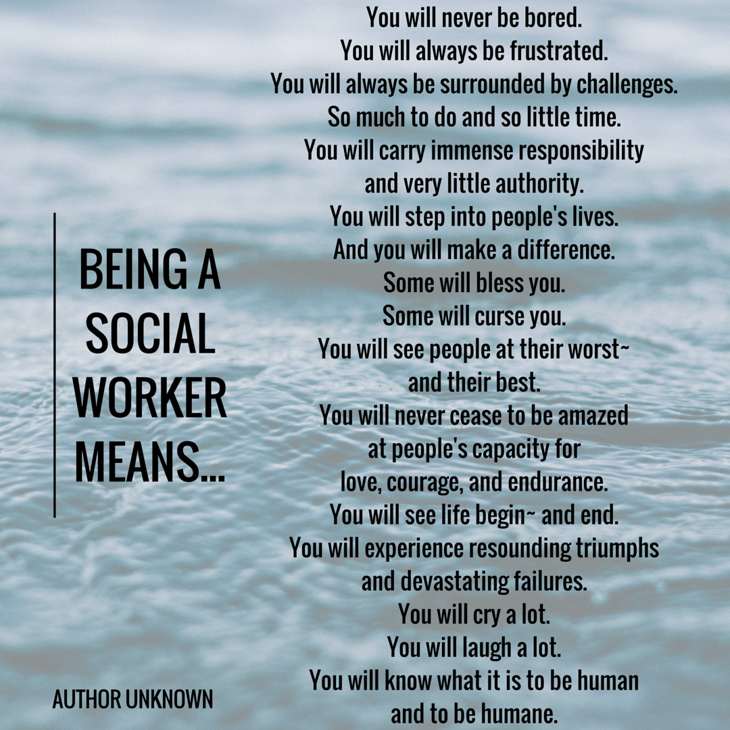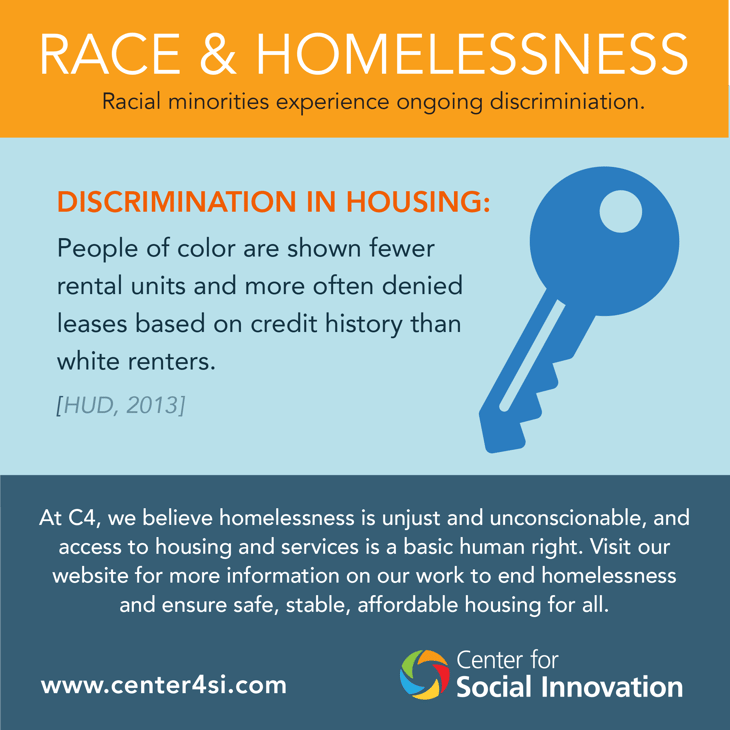This is a poem I come back to over and over again. I found it years ago, and every time I look at it, it seems to resonate in new ways.
After some days of supporting clients, it’s the “immense responsibility and very little authority” that catches me. After other days, it’s about “resounding triumphs and devastating failures.” And still other days, it’s about “always be[ing] frustrated.”
My frustration is sometimes directed at the systems. Why are they so complicated? Why do they set people up to fail? Why don’t they support people the way they should?
Sometimes, quite honestly, my frustration is directed at the people with whom I am working. Why did she go back to her abusive partner? Why did he spend his $10,000 settlement in a month? Why did he pay his phone bill, but not his rent? Why did she use again?










